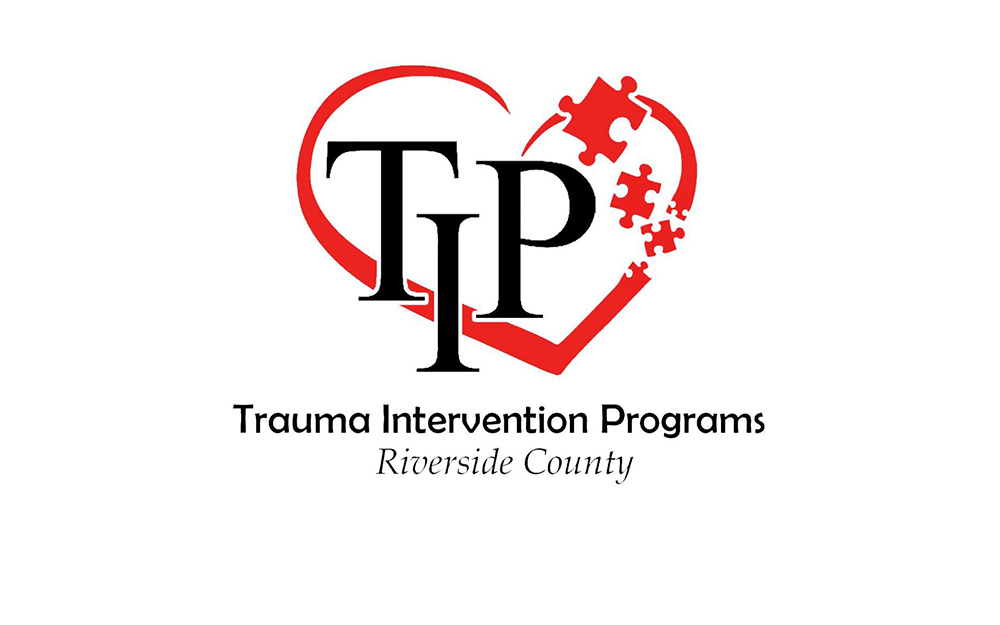by Cara Pellegrino
Do you know your ABC’s? I’m not talking about the kind you learned in kindergarten. I’m talking about the ABC’s of skin cancer. Actually, in the case of skin cancer you have to know your ABCDE’s. Most people know that skin cancer looks like an ugly lesion or an unhealed wound. But it’s often a small little slightly irregular mole, freckle, or new “spot” that turns out to be a basal cell carcinoma, the most commonly diagnosed form of skin cancer. Squamous cell carcinoma is the second most common form of skin cancer, while malignant melanoma is the least common but most deadly. It’s time to break out your pencil and paper class, because we’re going to relearn our ABCDE’s!
A stands for Asymmetry. Most benign freckles and moles are symmetrical, meaning if you draw a line down the center, each side is a mirror image of the other. If your mole, freckle, lesion or spot is asymmetrical, see your dermatologist to have it examined.
B stands for Border. Borders should be defined. If the border appears to fade, be jagged or blurry, the spot should be examined by your doctor.
C stands for Color. Skin cancer can present in many different colors. Red, dark brown, yellow and all shades in between could be one of three types of skin cancer. If you have a mole that is changing color, getting lighter or darker, schedule an appointment to have it examined.
D stands for Diameter. Any spot larger than the size of a pencil eraser is suspect.
E stands for Elevation. While a raised or bumpy mole is a little cause for concern, so is an inverted or concave lesion. Any spot that is not flat on the surface should also be examined.
Keep in mind the ABCDE’s above are a basic guideline for self inspection. These guidelines do not “tell all” and should not take the place of an annual skin check from your dermatologist. The only real truth is in a skin biopsy, a fairly simple procedure where a small sample of skin is taken and inspected under a microscope.
While small changes in the skin can be easily overlooked, they should not be taken lightly. Annual skin checks by a dermatologist or free skin cancer screenings should be attended. Often pharmacies such as Rite Aid or Walgreens will bring in trained professionals to provide free screenings throughout the year. Residents without healthcare should certainly take advantage of these.
Remember to always wear a broad spectrum sunscreen with SPF30 or greater on all areas exposed to sun. Don’t forget lips and ears. Skin cancer can occur on areas that aren’t regularly exposed to the sun, such as genitals, underarms and the scalp. Wearing a hat and darker clothing is also a fair preventative measure.
Don’t wait to see a doctor if you notice a spot that is changing, growing, bleeding, crusting or not healing. A spot that persists for more than a couple of weeks is cause for concern since most wounds heal in 7-14 days. A new growth on your skin is always something to pay attention to. So get a mirror, get naked and practice your ABCDE’s.










































